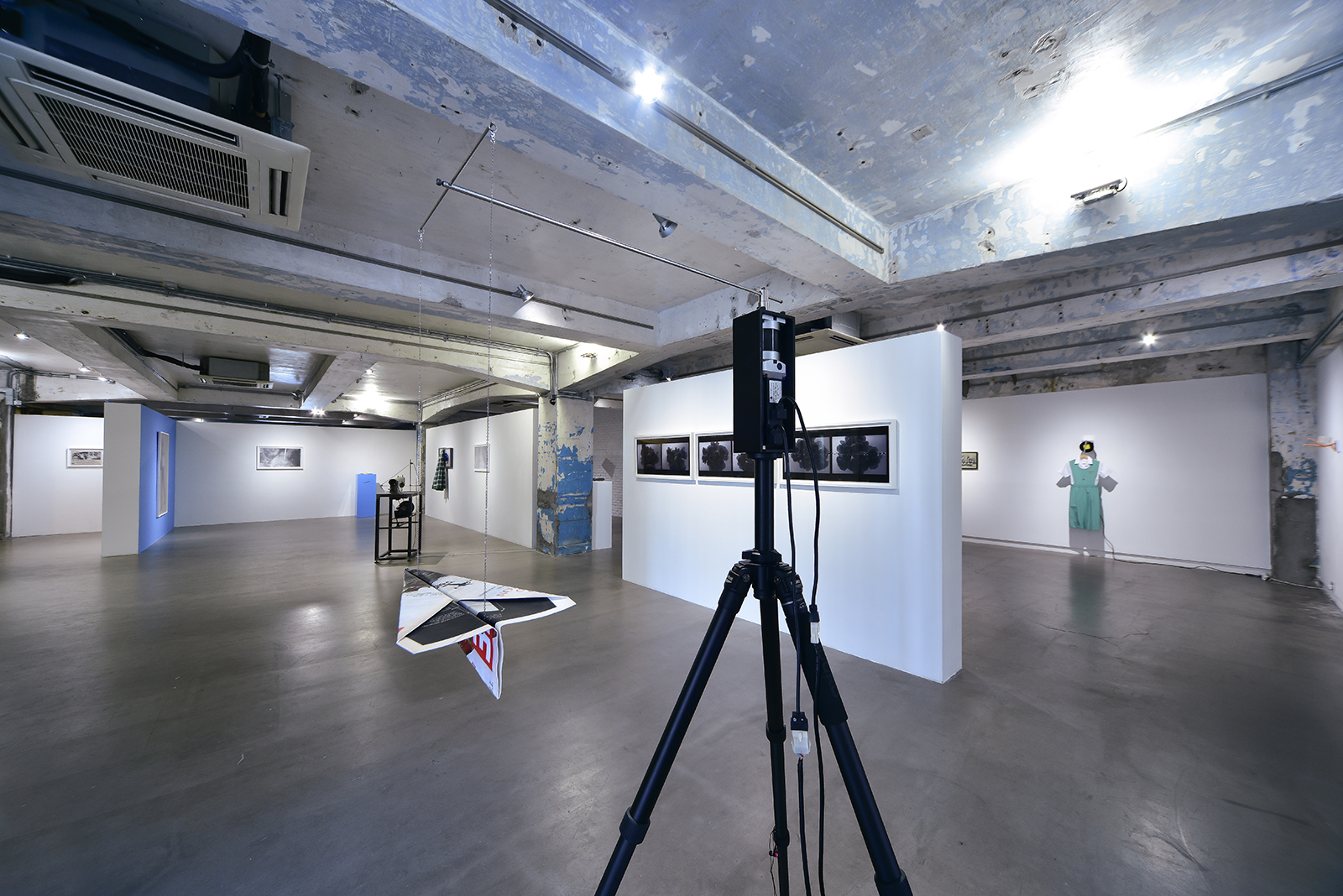Elpis Chow
Blunt Gallery Exit Hong Kong Feb 24 – Mar 17, 2018 Valencia Tong The muted, pastel hues of emerging Hong Kong artist Elpis Chow give her paintings a timeless quality. To viewers who are Hong Kong natives, the paintings portray easily recognisable surroundings, featuring common objects such as fences around a construction site at the side of the pavement, the iconic orange rubbish bins, security guard booths, and red and yellow bricks on the street. Despite the presence of familiar objects from the city, the paintings also look nothing like Hong Kong, with their vast empty spaces generating an uncanny feeling. It’s unusual for a densely populated city with notoriously cramped living spaces to feature such open spaces with not a single person in sight. The crisp lines and modernist aesthetics of the architecture depicted in paintings such as Invisible Wall and Dim Scene recall those of American artist Ed Ruscha’s low-rise suburban communities, while Vacant is reminiscent of British artist David Hockney’s Californian swimming pools. The interior and exterior settings shown in Chow’s paintings elevate the mundane and banal side of everyday …






